Kia Ceed Hatchback (2012-2018) boot space, practicality and safety
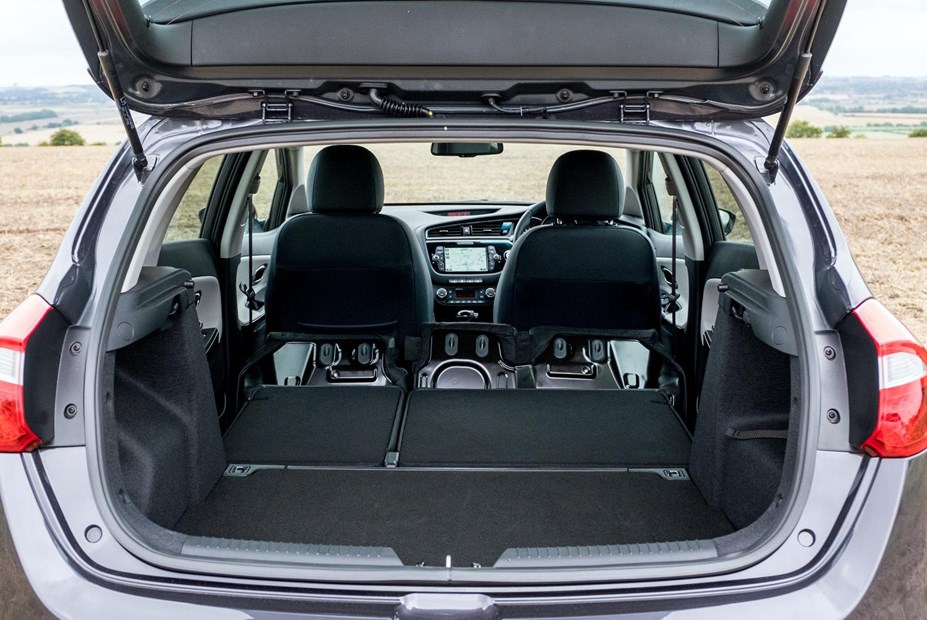
Kia Ceed safety features include stability control, anti-lock brakes, emergency brake assist, hill assist control to prevent roll-back and Kia’s Emergency Stop Signal that flashes the brake lights when the system thinks the driver is making an emergency stop. Six airbags – front, front side and full-length curtain – are standard.
The Ceed is also fitted with collapsible headlamps, a stiffer lower bumper lip and shock-absorbing structures in the bonnet and its hinges.
The body has been constructed using high-strength steel and the Ceed fared well in Euro NCAP crash tests, attaining five stars overall and high scores for both adult and child occupant protection.
WKia Ceed practicality is quite impressive and one of the Ceed’s key attributes.
The second generation Ceed has grown compared to the previous model. It is longer by 50mm making more space inside the car. The longer Ceed means that passengers in the rear have 21mm more legroom in the back and 12mm more headroom. There are more than enough cubbies in which to keep odds and ends and the door pockets are of a decent size.
The Ceed has a loadspace of 380 litres (that’s an increase of 40 litres more than the previous generation). This additional bootspace means the Ceed beats its rivals in the battle for the biggest loadspace. The Kia Ceed’s loadbay has 64 litres more than Ford’s Focus, 30 litres more than the Mazda3, 28 litres more than the VW Golf and two litres more than Hyundai’s i30. If you need extra carrying capacity then fold the rear seats and the luggage space expands to 1,318 litres of space, which is around 200 litres more than the Ford Focus.
Euro NCAP rating
Ratings for this model not available

Equipment and options
- 3x3 point rear seat belts
- ABS
- Alarm
- Audio remote
- Body coloured bumpers
- CD
- Driver`s airbag
- Electric mirrors
- Front electric windows
- Heated mirrors
- Height adjustable drivers seat
- Isofix child seat anchor points
- PAS
- Passenger`s airbag
- Remote locking
- Side airbags
- Space saver spare wheel
- Steering wheel rake adjustment
- Steering wheel reach adjustment
- Traction control
- Air conditioning
- Cloth seat trim
- Steel wheels
- Central locking
- Front fog lights
- Service indicator
- Air conditioning
- Cloth seat trim
- Cruise control
- Front fog lights
- Parking sensors
- Rear electric windows
- Alloy wheels
- Central locking
- Sat Nav
- Service indicator
- Alloy wheels
- Cruise control
- Front fog lights
- Parking sensors
- Rear electric windows
- Sat Nav
- Central locking
- Service indicator
- Cruise control
- Front fog lights
- Heated seats
- Leather seat trim
- Parking sensors
- Rear electric windows
- Sat Nav
- Central locking
- Electric driver`s seat
- Electric sunroof
- Service indicator
- Cruise control
- Electric driver`s seat
- Front fog lights
- Headlight washers
- Leather seat trim
- Parking sensors
- Rear electric windows
- Sat Nav
- Central locking
- Electric sunroof
- Heated seats
- Service indicator
- Cloth seat trim
- Cruise control
- Front fog lights
- Parking sensors
- Rear electric windows
- Sat Nav
- Service indicator
- n/a
- Cloth seat trim
- Cruise control
- Front fog lights
- Parking sensors
- Rear electric windows
- Sat Nav
- Service indicator
- n/a
- Cloth seat trim
- Cruise control
- Electric sunroof
- Front fog lights
- Headlight washers
- Heated seats
- Parking sensors
- Rear electric windows
- Sat Nav
- Service indicator
- n/a
- Air conditioning
- Cloth seat trim
- Parking sensors
- Rear electric windows
- Alloy wheels
- Central locking
- Front fog lights
- Service indicator
- Steel wheels
- Air conditioning
- Alloy wheels
- Central locking
- Cloth seat trim
- Parking sensors
- Rear electric windows
- Front fog lights
- Service indicator
- Steel wheels
Dimensions
| Length | 4310mm |
|---|---|
| Width | 1780mm |
| Height | 1465mm - 1470mm |


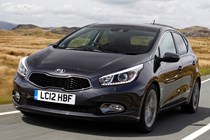
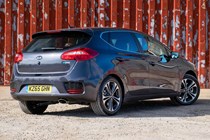
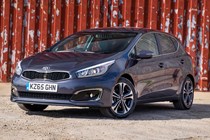
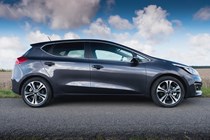
.jpg)
.jpg)
.jpg)
.jpg)
.jpg)
.jpg)
.jpg)
.jpg)
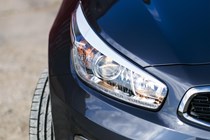
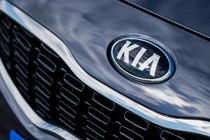
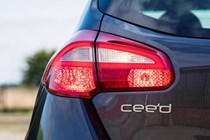
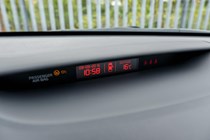
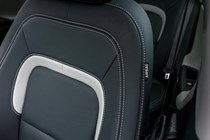
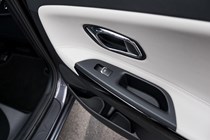
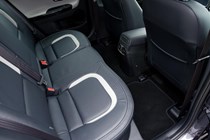
.jpg)
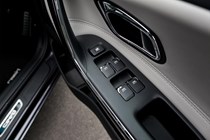
.jpg)
.jpg)
.jpg)

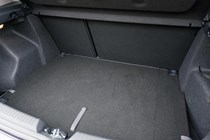
.jpg)
.jpg)




.jpg?quality=50)
.jpg?quality=50)
.jpg?quality=50)
.jpg?quality=50)
.jpg?quality=50)
.jpg?quality=50)
.jpg?quality=50)
.jpg?quality=50)







.jpg?quality=50)

.jpg?quality=50)
.jpg?quality=50)
.jpg?quality=50)


.jpg?quality=50)
.jpg?quality=50)